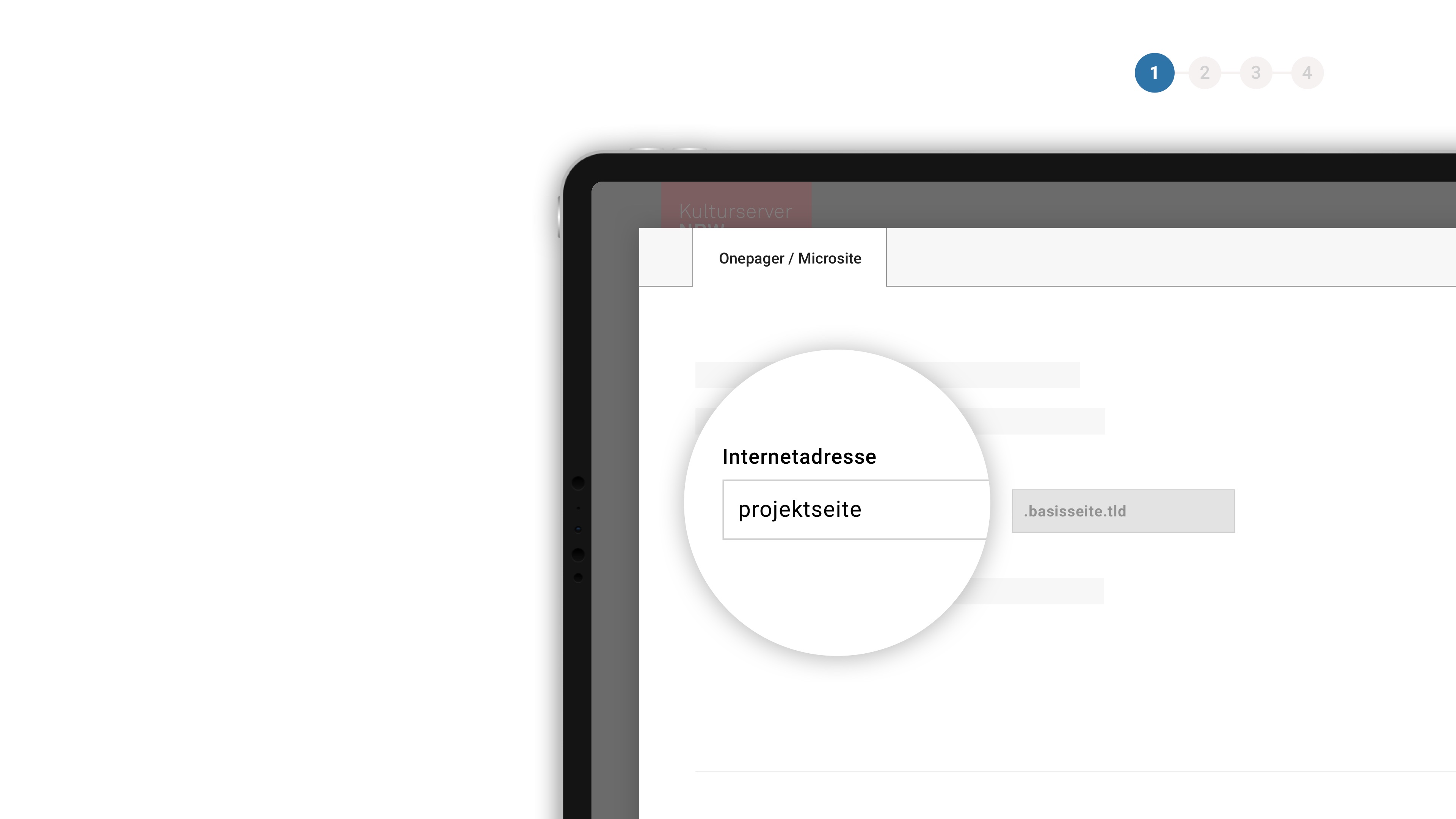











THE PAINTED BIRD
Cast & Crew
- Regie
- Produzent
- Drehbuch
- Kamera
- Hauptdarsteller/inPetr Kotlár (boy), Udo Kier (miller), Michaela Doležalová (miller's wife), Lech Dyblik (Lekh), Julian Sands (Garbos), Aleksey Kravchenko (Gavrila), Barry Pepper (Mitka)
- Schnitt
- Ton
- Szenenbild
- Spezialeffekte Supervisor
- Kostüm
- Maske
Statement Regisseur
After reading the original novel “The Painted Bird”, many people are shocked by the descriptions of violence and brutality. Jerzy Kosiński’s conception of violence can be disturbing, but it is not one-dimensional, or even two-dimensional. For Kosiński, violence unveils and frames the essence of humanity.For the filmed version of this classic novel, my goal was to create a series of tableaux that, cumulatively, takes our protagonist on a journey to the very heart of the dark human soul. Each part of the series is a visual clue, a sort of lost fragment of a larger painting, a canvas that draws the protagonist irrevocably toward a final catharsis. It is intended as a kind of gradual peeling away of layers so that, by the end, the viewer has arrived at the very core of our central character, who has discovered a hard-won truth.
The soul of THE PAINTED BIRD is poetry. It’s the story’s spirit of the ballad, its quiet urgency, the vivid internal world of our central character, the Boy, whose nature is beautiful despite the horror around him. It’s also the story of the historical and geographical setting, and the characters the Boy encounters. It’s not always important that we love these characters or mourn their fate. What is important is that we see them and bear witness.
I tried to resolutely avoid pathos, and to eliminate well-worn clichés, exploitative melodrama and music that attempts to evoke artificial feelings. Absolute quiet can be as stark and more emotionally charged than any music.
We shot the film on 35mm black-and-white film at a 1:2.35 aspect ratio. Cinemascope is a richly emotive format. No other format can capture, with such accuracy and force, both the beauty and the cruelty playing out on screen. The quality of the digital image still lags behind the tactile properties of the classical negative, most especially because the digital image loses its rawness. And we filmed in black-and-white because color would have failed to capture the essential truthfulness and urgency of the images.
The style of storytelling is not verbal, it’s cinematic. There is no interior monologue or explanatory narration. And to preserve the sense of reality, we filmed in story order, so that the growth of the child actor mirrors the progression and growth of the central character.
In his novel, Kosiński never stated precisely where the story is set. The locality is described only as a place somewhere in Eastern Europe, where a special dialect is spoken. And so I chose to film in a mixture of all Slavic languages, while German and Russian soldiers speak in their native tongues. We were determined not to film the dialogue in English, because then the story would lose its credibility.
The tempo of the film was set by the pace of a flowing river, unpredictable and continually shifting in its rhythms. This directorial approach forces the viewer to experience the events unfolding on screen, to essentially live both moments of great emotional tension and moments of resolution.
Filming THE PAINTED BIRD and striving to capture the essence of the novel was an exceptionally difficult task. I want the cinema audience and the novel’s readers to come away with the same questions. It is my most profound hope that I have found the key to the door named “Kosiński’s THE PAINTED BIRD .
As a final note, obviously I am fully aware the controversies surrounding both the authorship and the relationship between Kosinski’s autobiography and the plot of THE PAINTED BIRD. I have simply chosen to treat the novel as what it is: an independent entity, a masterpiece for the ages. I leave the story of Kosinski, tragic as it was, to others.
Biographie
Born in 1960, screenwriter, producer, director Václav Marhoul, after graduation from the Prague Film Academy (FAMU) he worked for several years with the theatre group “Prague Five”, the artistic association “The Hardheads” (Tvrdohlaví), and most significantly the Barrandov Film Studios, starting as production assistant in 1984 and later as deputy production manager. As a producer, he worked most notably on the films of director Tomáš Vorel, The Prague Five and Smoke. At the start of the 1990s, he then was brought into the upper management of the studio, where he served for the next seven years as general director. In 1997, he founded the company Silver Screen, which devotes primary attention to the production of feature films.FILMOGRAPHY:
2019 THE PAINTED BIRD
2008 TOBRUK
2003 SMART PHILIÜ
1998 THE BED (as producer)
Cast & Crew
Václav MarhoulVáclav Marhoul
Václav Marhoul
Vladimír Smutný
Petr Kotlár (boy), Udo Kier (miller), Michaela Doležalová (miller's wife), Lech Dyblik (Lekh), Julian Sands (Garbos), Aleksey Kravchenko (Gavrila), Barry Pepper (Mitka)
Ludek Hudec
Pavel Rejholec
Jan Vlasák
Viktor Müller
Helena Rovná
Ivo Strangmüller



